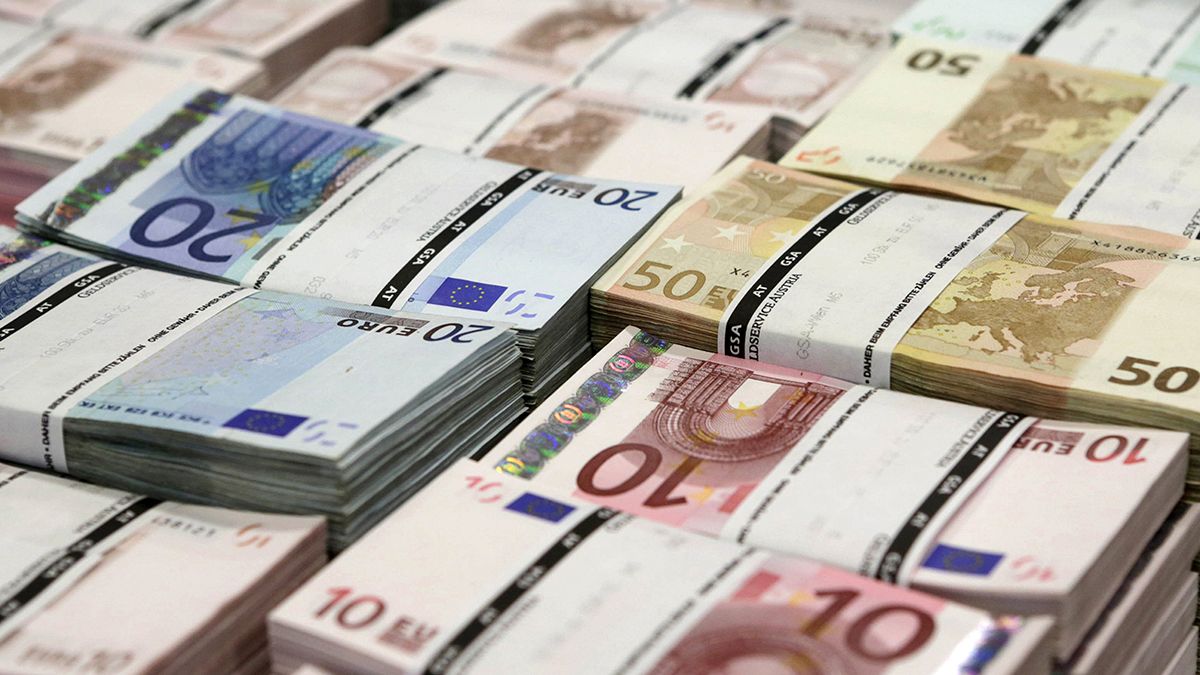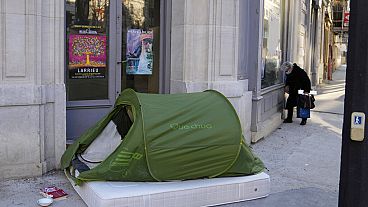Prices in the eurozone slipped in February. Headline inflation fell to -0.2 percent low oil prices, a further worry for the European Central Bank on deflation.
The eurozone’s price problem continues as – dragged down by cheaper oil – inflation fell in February.
It was down by 0.2 percent after rising 0.3 percent in January.
But most worrying for the policymakers at the European Central Bank, core inflation – which doesn’t include volatile food and energy prices – dipped.
It was at 0.8 percent from the previous month’s 1.0 percent.
Euro area inflation down to -0.2% in Feb 2016 (0.3% in Jan): flash estimate from #Eurostathttps://t.co/hxkLKeI6qspic.twitter.com/vlaPIQ3nXr
— EU_Eurostat (@EU_Eurostat) 29 February 2016
The numbers suggest low oil prices are feeding into the price of other goods and services, creating a so-called second round effect that could entrench low inflation and lead to deflation.
That makes it all but certain the ECB will try to come up with some more fiscal and monetary policy action at its meeting on March 10. However ultra-low interest rates and printing money have so far had little effect.
“The inflation data puts more pressure on them to do something. Unfortunately, the number of instruments for them is not increasing.” David Kohl, an economist at Julius Baer, said
“Can the ECB do something about it? Not much, or probably not,” Kohl said, referring to the limited range of tools still left to the ECB after cutting rates into negative territory and venturing into unconventional policies.
The dismal inflation figures come on top of weak sentiment and output data which indicate the currency bloc’s tepid growth is slowing.
Euro area flash inflation: Services +1.0%, Food +0.7%, Other goods +0.3%, Energy -8.0% in Feb 2016 #Eurostathttps://t.co/hxkLKeI6qs
— EU_Eurostat (@EU_Eurostat) 29 February 2016



